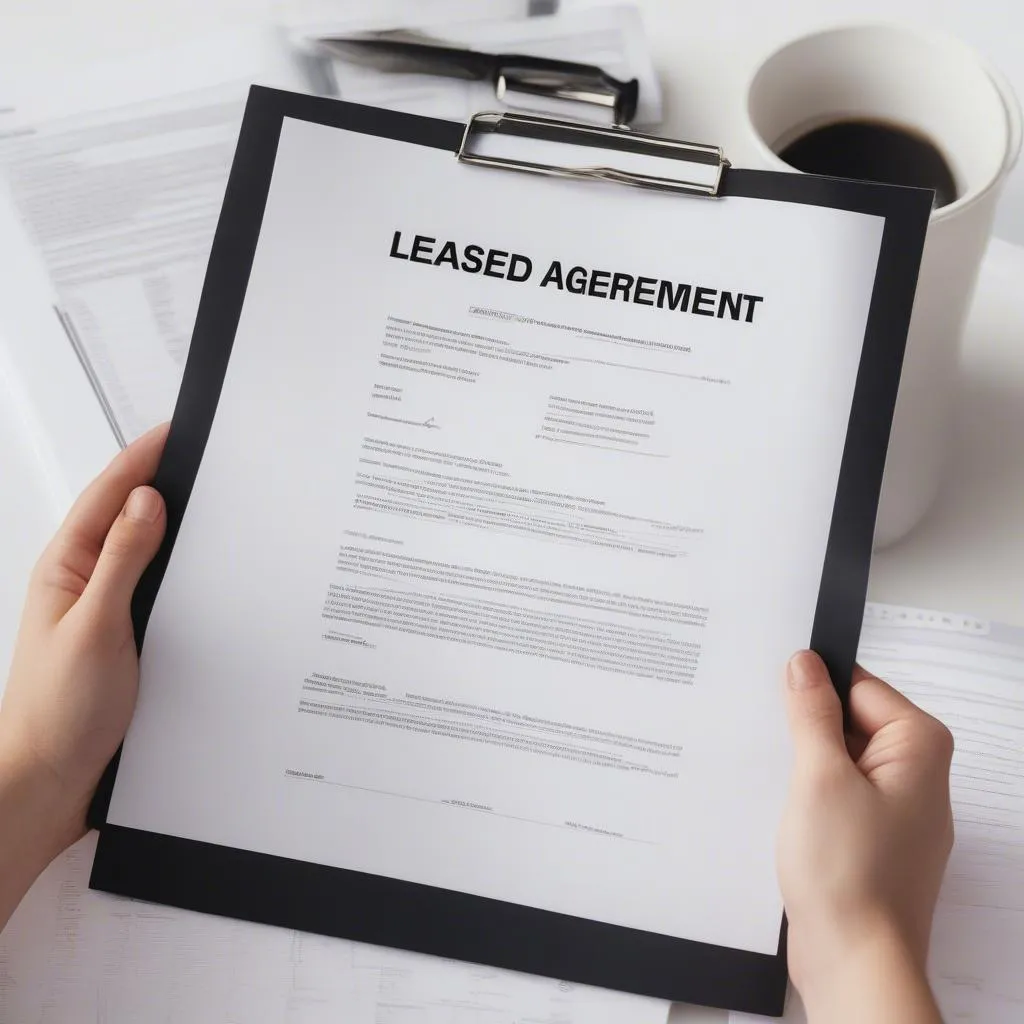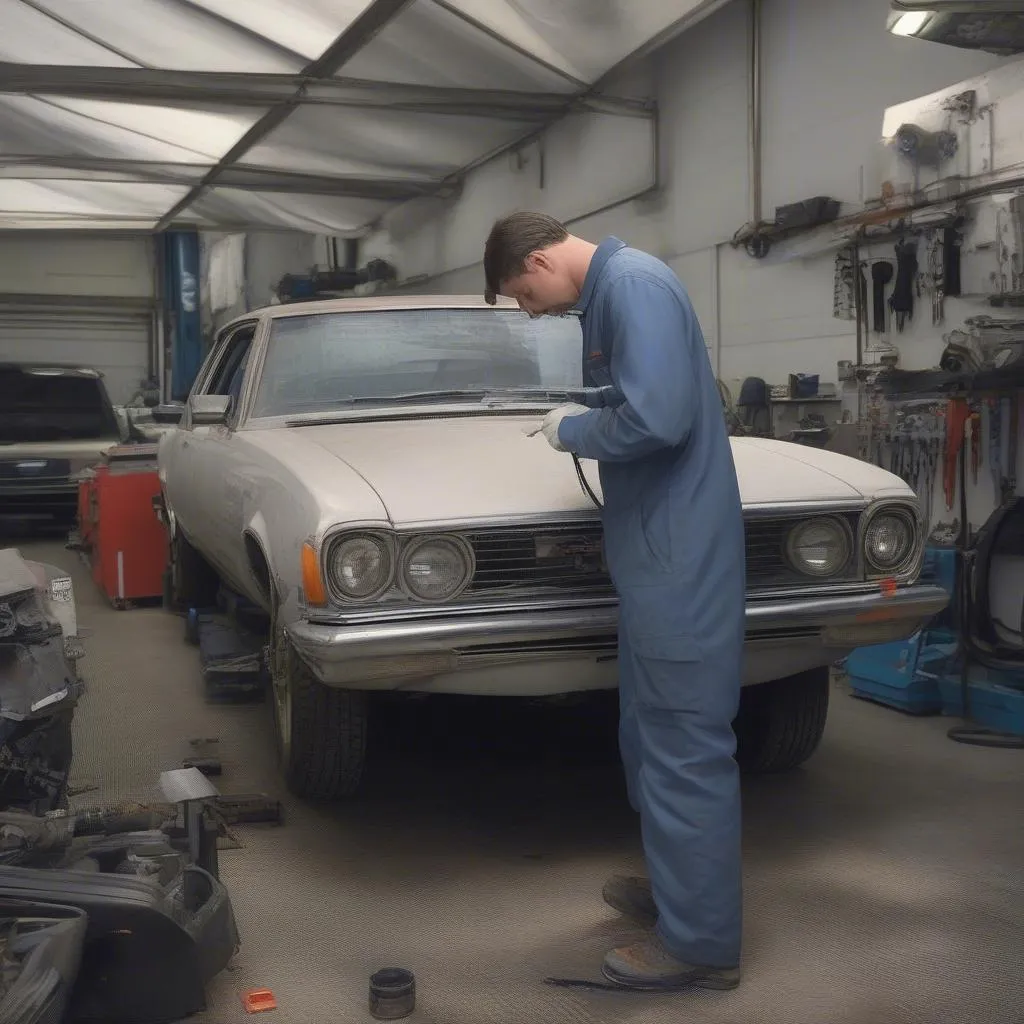Imagine this: You’re driving your leased car, enjoying the freedom and convenience it brings, when suddenly, the lease term ends. You’ve had a good time, but now it’s time to say goodbye. But how do you return your leased car smoothly and avoid any unexpected surprises? This is where this comprehensive guide comes in, covering everything you need to know about returning a leased car.
Understanding the Lease Agreement
Before we dive into the specifics, let’s understand the importance of your lease agreement. It’s the document that outlines all the terms and conditions of your lease, including the return process. It’s crucial to review this document carefully to understand your obligations and avoid any potential penalties.
What is a Leased Car?
A leased car is essentially a temporary rental of a vehicle. You pay a monthly lease payment for a set period of time, and at the end of the lease, you return the car to the leasing company.
The Importance of the Lease Agreement
Your lease agreement is a legally binding contract that outlines your rights and responsibilities as a lessee. It details the duration of the lease, the monthly payments, the mileage limits, and the return process.
The Return Process
The return process is typically outlined in detail within your lease agreement. It includes the following:
- Inspection: The leasing company will inspect the car for any damage, wear and tear, or excessive mileage.
- Fees: Depending on the condition of the car, you may incur charges for exceeding mileage limits, excessive wear and tear, or any damage.
- Early Termination: If you decide to terminate the lease before the agreed-upon term, you may be subject to early termination fees.
Step-by-Step Guide to Returning Your Leased Car
Now, let’s break down the process of returning your leased car into simple, manageable steps.
1. Contact the Leasing Company
The first step is to notify the leasing company that your lease term is approaching its end. This is usually done 60-90 days before the lease expiration date. You can contact them by phone, email, or mail.
2. Schedule an Inspection
The leasing company will schedule an inspection of your car at one of their authorized dealerships or inspection centers. This is where the car’s condition will be assessed, and any potential charges for damage or excessive wear and tear will be determined.
3. Prepare for the Inspection
Before the inspection, take the time to prepare your car. Here’s a checklist of things to do:
- Clean the Interior and Exterior: Give your car a thorough cleaning, both inside and out.
- Check for Damage: Inspect your car for any dents, scratches, or other damage.
- Repair any Damage: If you find any damage, get it repaired before the inspection to avoid charges.
- Review the Lease Agreement: Make sure you understand the terms of your lease, including the mileage limits and the return process.
4. Attend the Inspection
On the day of the inspection, arrive at the designated location with all the required documents, including your lease agreement, driver’s license, and insurance information. Cooperate with the inspector and answer any questions they may have.
5. Address any Issues
If the inspector finds any damage or issues with your car, you’ll have the opportunity to address them. They will provide you with a detailed report outlining the damage and any associated charges. It’s important to be proactive and address any concerns promptly.
6. Return the Car
Once the inspection is complete and any issues are resolved, you can return the car to the leasing company. Make sure you have all your personal belongings removed from the car and that the keys are returned to the appropriate representative.
Frequently Asked Questions
Q: What happens if I exceed the mileage limit in my lease agreement?
A: Exceeding the mileage limit will likely result in an additional charge, which is typically calculated per mile.
Q: How do I know if my leased car is eligible for early termination?
A: The lease agreement outlines the terms and conditions for early termination. It may include early termination fees or penalties.
Q: Can I return my leased car early even if I am not in breach of contract?
A: Yes, you can return your leased car early, but you may be subject to early termination fees or penalties.
Q: What if the leasing company charges me for damage that wasn’t my fault?
A: If you believe the charges are unjustified, you can dispute them with the leasing company. Provide them with documentation, such as photos or repair records, to support your claim.
Additional Tips for a Smooth Return
- Keep Your Lease Agreement Handy: Your lease agreement is your guide to returning your leased car smoothly.
- Document Everything: Take pictures or videos of any damage or issues with your car, especially if you’re disputing charges.
- Be Honest and Transparent: Be upfront with the leasing company about any damage or issues with your car.
- Stay Organized: Keep track of all your communication with the leasing company and any documentation related to the return process.
Conclusion
Returning a leased car might seem daunting, but it doesn’t have to be a stressful experience. By following the steps outlined in this guide, you can ensure a smooth and hassle-free return process. Remember to review your lease agreement, prepare your car, and be communicative with the leasing company.
Do you have any other questions about returning a leased car? Leave a comment below and we’ll be happy to help!
 lease car agreement
lease car agreement
 car inspection
car inspection
We’re here to help you navigate the world of car leasing, so don’t hesitate to reach out to our team of experts at [Your Business Name] for assistance. We provide comprehensive support and guidance, helping you make informed decisions and ensuring a smooth and successful experience.
Contact us via Whatsapp: +84767531508 for immediate support and advice!